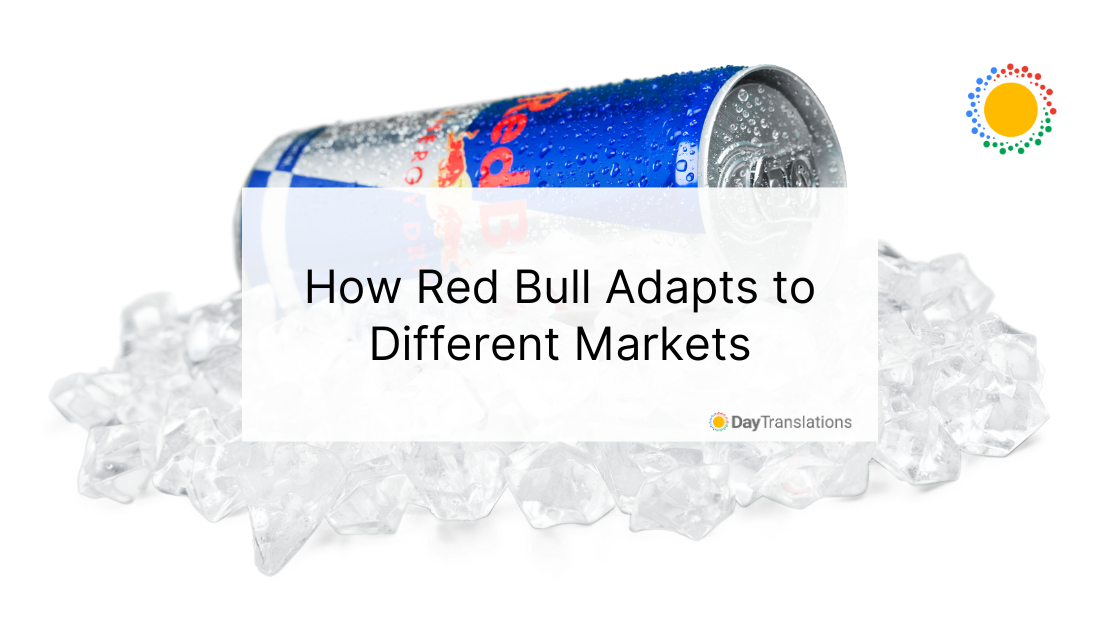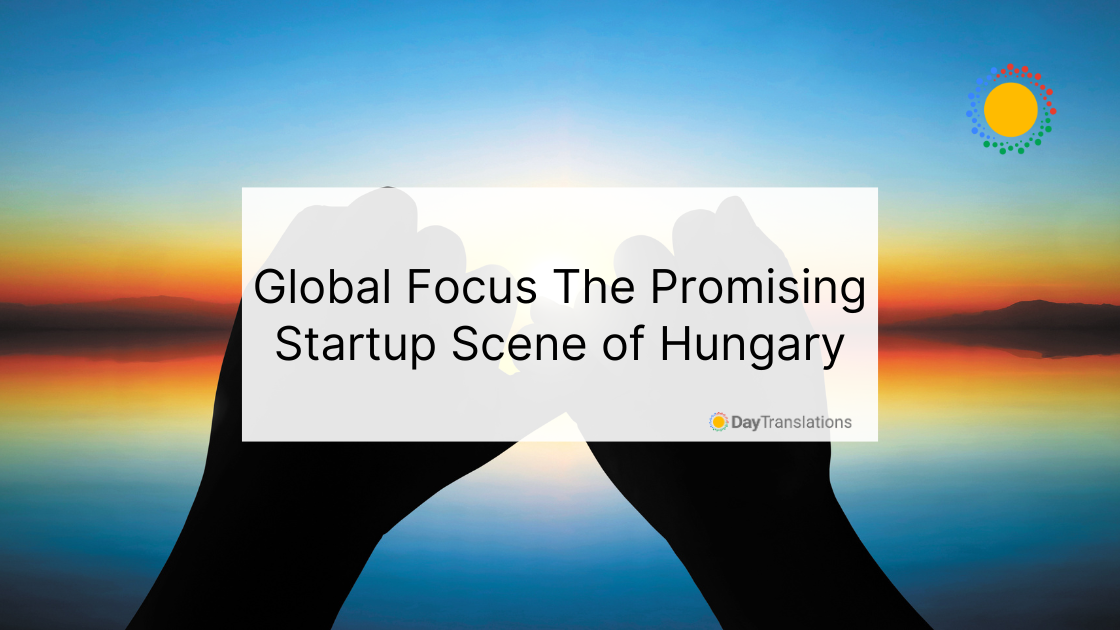Some people think that the energy drink Red Bull is from Thailand. But in reality, it is a product produced by Red Bull GmbH, a company based in Austria. The company was established in 1987 by Dietrich Mateschitz, an Austrian entrepreneur.
There is a link, though, between Austria and Thailand because Dietrich Mateschitz drew inspiration from Krating Daeng, an energy drink from Thailand, which was sold by Chaleo Yoovidhya. The two entrepreneur became partners, with Mateschitz taking the idea of the drink and modifying its ingredients to fit the taste of Western consumers. In fact, Red Bull GmbH was founded in Thailand.
History
Chaleo Yoovidhya was a son of Chinese immigrants from the province of Hainan. They initially raised ducks for a living, until Chaleo became a pharmacist and salesman. He was still in his 20s when he set up a manufacturing company to produce antibiotics. He invented Krating Daeng in 1976, an energy drink whose name literally translates to red bull. He drew inspiration from the popular Lipovitan D, an energy drink from Japan that was brought to Bangkok by Japanese expats. He made his drink sweeter but otherwise made only a few changes to Lipovitan’s recipe, which includes taurine, caffeine, B vitamins, glucose and others. Thai consumers prefer the sweeter taste of Krating Daeng.
Chaleo was very enterprising as a pharmaceutical salesman. He even designed the logo for his energy drink, which featured a big yellow orb with red silhouettes of two Indian bisons charging at each other. Because there is bigger competition in the city, he focused on selling the drink in the rural areas, marketing the drink as something that mixes well with whiskey. He also manufactured the drink in solid form. Local farmers were featured in one of the drink’s ads.
Chaleo Yoovidhya definitely knew his product and his market. He started relating the energy drink to sports aficionados and marketed it as a tonic to fans of Muay Thai. Krating Daeng later became a regular sponsor of boxing events and Muay Thai champions.
Krating Daeng was destined for bigger things. In 1984, Austrian marketer Dietrich Mateschitz visited Thailand. He discovered that drinking Krating Daeng relieved his jet lag. He looked for the manufacturer and encouraged Chaleo to establish an Austrian-based company to sell the drink overseas.
The two entrepreneurs were of similar minds. Mateschitz carbonated the energy drink to suit international consumers’ tastes. He also changed the product container and used the name Red Bull for the international market. Instead of bottling the product in small amber glass bottles, he used blue and silver colored aluminum cans, targeting more upscale consumers such as fans of extreme sports, adventure seekers and partygoers.
International product
From a tonic that tasted like traditional medicine available in Thailand, Red Bull is now an international brand manufactured and sold by Red Bull GmbH. Based on individual sales figures, Red Bull from Red Bull GmbH was number one in the world in 2018. Red Bull from TC Pharmaceutical Industry Co Ltd (Thailand) ranked third. The same report says that Red Bull was also the number one energy drink in the U.S., with 2018 sales reaching $4,685,615,913 or about 6.790 billion cans.
The heirs of Yoovidhya have majority shares in both the Thai company and the Austrian company. The brands use the same logo, distinguished by the different packaging to sell the products separately in the Western and Asian markets.
The incredible marketing strategies of Red Bull
Red Bull is a model company in terms of globalizing a brand. It provides many lessons to other company owners. The company clearly defined their goals and expectations and formulated their strategies to grow brand awareness, attract sales and help in brand development and branding process. Red Bull’s marketing definitely makes the company and the brand a success story.
When Red Bull entered the global market, it immediately stood out with its aggressive and unique marketing approach. It’s very catchy slogan, Red Bull gives you wings, created brand awareness in all its markets.
Another awareness strategy they employed was acquiring or sponsoring sports teams and organizing competitions and events about teams sports that are popular with fans, choosing traditional and extreme sports events.
The company is known for some of the industry’s greatest marketing and promotional ideas, supported by the enthusiasm of the team. Red Bull has evolved not only as an international brand but as a product that is supported by its own fantastic media company.
Its marketing thrust is unique and with the company becoming a media powerhouse, Red Bull created its own standard for offline and online marketing environments.
One key strategy for all markets
It is notable that the brand uses the same strategy in any market they are present. Red Bull is presented as a trendy energy-boosting drink, focusing on the young professionals and young adults. For the company, they are marketing a way of life instead of selling a beverage.
It does not have a specific marketing strategy to fit a particular culture. It maintains only two packaging considerations, yellow and red for the Asian, specifically Thai market and the blue and silver with red and gold letters for the international market.
It carved its own niche by focusing on sports, adventure and the outdoors. What creates the buzz for Red Bull is the way it was able to sustain its momentum without riding too much on what’s trendy.
A well-rounded brand
Red Bull carefully created a solid foundation for the brand. It established Red Bull Media House, which takes care of its marketing strategies and the distribution of the brand’s digital content.
The mission of the Red Bull Media House is to fascinate and inspire the younger generation via games, sports, film, TV and magazines, with content on music, sports, entertainment and adventure. The media house is divided into commercial, content and products projects.
- For their products, Red Bull Media House owns print media such as The Red Bulletin, Servus in Stadt & Land, Bergwelten and Terra Mater.
- For TV it has Terra Mater, Servus TV and Red Bull TV.
- For online presence, it owns Speedweek, Servus am Marktplatz, RedBulletin.com, Red Bull TV Online and RedBull.com.
- The media house also manages Red Bull Mobile and several mobile apps such as Red Bull Illume (international photo contest), RBMA Radio, Red Bull wallpapers, Red Bull TV and Clashem.
- The product is also into music and owns Red Bull Music Academy Radio, Red Bull Music Publishing and Red Bull Records. Red Bull Reality Check, Red Bull Air Race, The Game, and is involved in Gran Turismo 6.
- The Red Bull Media House manages books and cinemas as well.
- For its content projects, it has produced several features films, TV documentaries, reality shows, short formats, live broadcasts and action features. Likewise, it publishes magazines, still photographs and other content, including news.
Red Bull’s social media presence is constant. Red Bull Media House produces inspirational activities and videos to initiate consumer engagement. Their videos and images ensure that Red Bull is shown prominently. The activity leads to brand recognition through specific product placements and logo exposure. Its Facebook page shares informative and entertaining content. The company has a very responsive social media team that quickly responds to messages sent through their social media pages. They maintain pages on Twitter, Instagram and YouTube. They see to it that they provide diverse content to suit their various audiences, but they make sure that the brand’s theme of giving you wings remains constant.
For Red Bull, the print medium is still alive. Its magazine, the Red Bulletin has a circulation of 5 million. It adheres to its core, providing astonishing and inspiring content of high value and quality, targeting a specific group who values excellent reading materials.
Red Bull fully understands the needs of its specific niche, marketing freedom to their consumers. They are able to give their specific audiences the things they want through different activities and sports. With healthy lifestyle being a trend among the young, Red Bulls explores this by associating with what the modern society values. They do not just sponsor outdoor events; they create them.
Red Bull created a breakdancing championship because they recognized that there is a market share in the activity. They also hold the Red Bull Air Race, the Red Bull Crashed Ice and the Soapbox Race, which are held in different locations around the world.
Effective content marketing
Dietrich Mateschitz said that it is the goal of Red Bull to distribute and communicate the product’s own world into all segments of media, a reason why they see to it that their content remains a priority. The company has several considerations to ensure that they produce high-quality content.
1. Diversity
They produce various content to fit their diverse target audiences.
2. Value
They see to it that there is value in every content they produce. They see to it that the content they create is not intrusive, while maintaining brand awareness. They focus on outdoor activities and sports through promotions and sponsorship but they also inspire many people to create their own content and share them on Red Bull’s digital media platforms.
3. Global presence
Red Bull produces content that targets different demographic groups, using different platforms that are patronized by each segment, including online, print and mobile.
4. Consistency
The content they produce remains consistent to the main company slogan, ensuring that the images and videos they make denote the feeling of having wings.
5. Core maintenance
One of the secrets of the global marketing success of Red Bull is adherence to their core, their content. The Red Bull company operates as one media group, with the entire brand and each employee is tasked with the responsibility of marketing the product.
Red Bull is a company and brand that knows where to position itself. It was able to provide inspiration to many people to follow their dreams. It has successfully created a worldwide image of a brand that will forever be associated with action, motivation and freedom.
One of its most ambitious projects is the Red Bull Stratos Project. It was a space diving project that featured Felix Baumgartner, a skydiver from Austria. Baumgartner rode a helium balloon on October 14, 2012, flying over New Mexico for about 24 miles or 39 kilometers into the stratosphere. After reaching the desired height, Baumgartner jumped from the balloon, free falling towards earth wearing a pressure suit and using a parachute to land. The free fall lasted about 4 minutes and 20 seconds and created 8 world records, with 3 of them breaking existing ones.
It built interest on the event by airing teasers weekly for seven months. The brand reaped rewards for the project, with sales reaching $1.6 billion in the U.S. after six months. The broadcast on YouTube received eight million views, generating plenty of user-generated content, and millions of new subscribers.
Red Bull’s marketing team has a knack for specific brand ambassadors, who are influencers in different fields such as divers, racers, bikers and free runners. Moreover, they benefit greatly from user-generated content on social media, aside from the content they create for their audience.
Red Bull does not adapt to the needs of the specific markets. What they do is adapt to the changes and utilizing technology. Because they are known for creating and sponsoring sporting events, extreme sports and adventures, they are able to conquer markets in territories they explore. They were able to develop and own marketing strategies that wok extremely well for them and they continue to build and improve with every campaign they come up with. Would you believe that Red Bull encourages their employees to take flying lessons? And the company pays for the lessons!
Consistent marketing communication is important
It is easy to see why Red Bull, without coming out in mainstream advertising media, such as widely circulated newspapers and magazines, maintains a captivating presence worldwide. While the company presents a very young, energetic and dynamic company, you can understand how tightly it is managed to ensure that the brand maintains its unique advantage over its competitors.
For a company with global offices, it is vital to have everyone on the same page, which means that the intended messages should be delivered clearly and succinctly. To ensure clarity, you need professional translation services so that all your written communication is fully understood, in whatever language the intended user speaks. Day Translations, Inc. only works with native speakers who live in-country to ensure that the nuances of the language are fully understood. Our translators are located worldwide so it is easier to connect you with a translator whenever you need the service. We are open 24/7, every day of the year to ensure that your waiting time is reduced. Give us a call today at 1-800-969-6853 or send us an email at Contact us, whichever is more convenient for you.
Image Copyright: Kwok Mun Ng / 123RF Stock Photo














Sorry, the comment form is closed at this time.